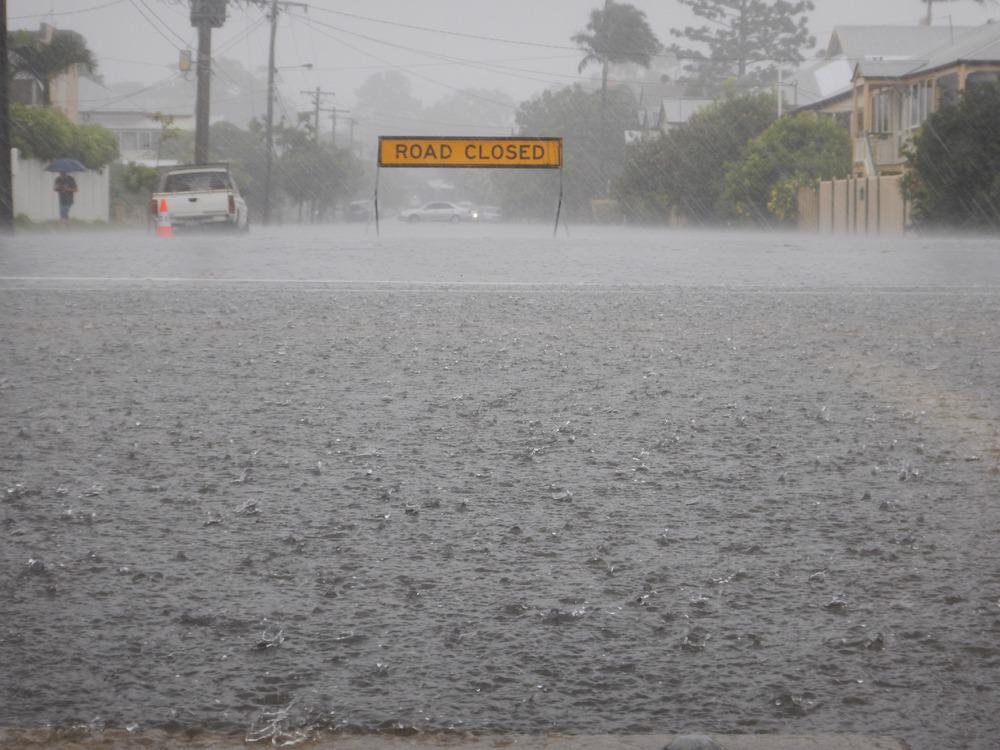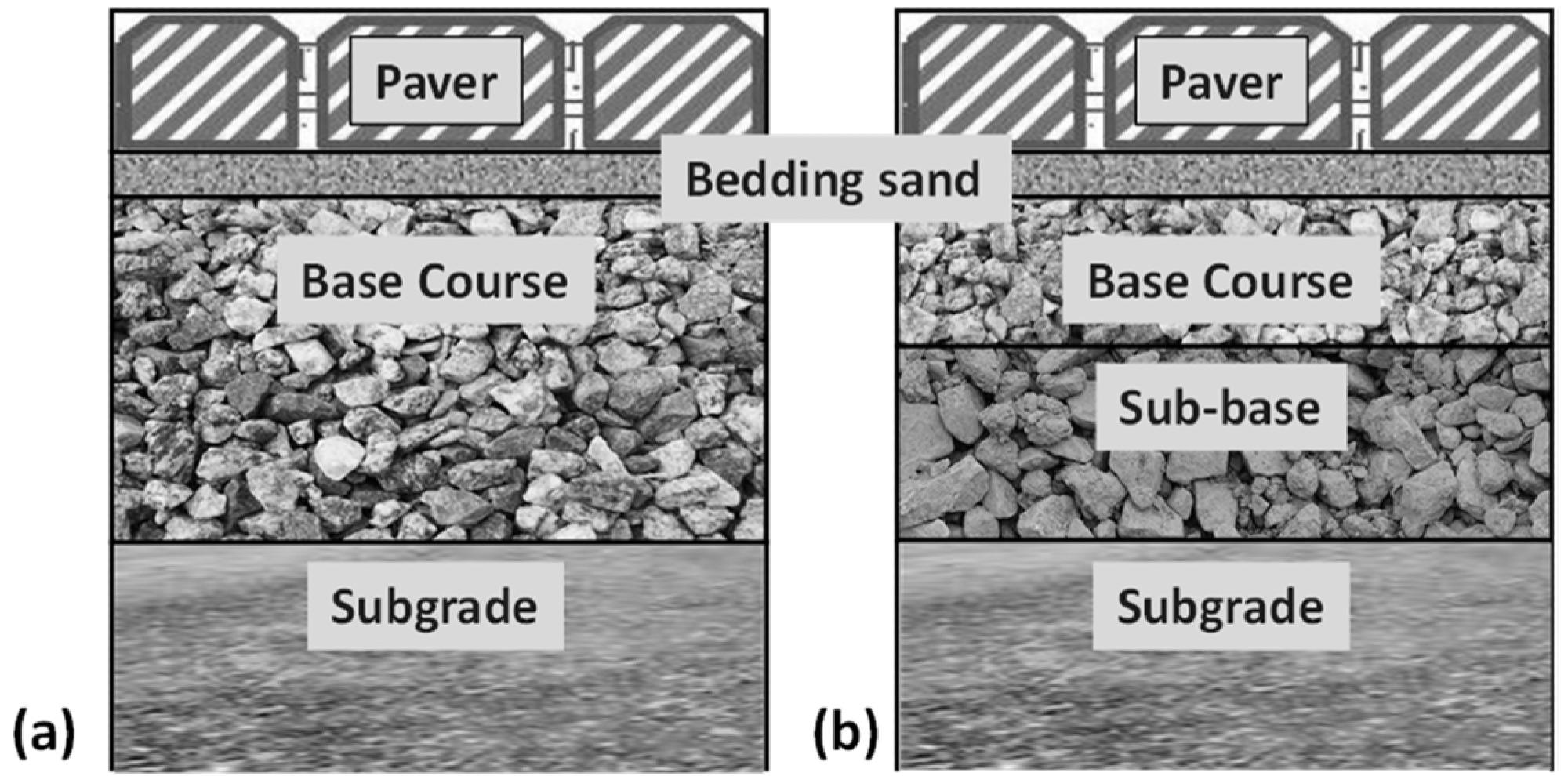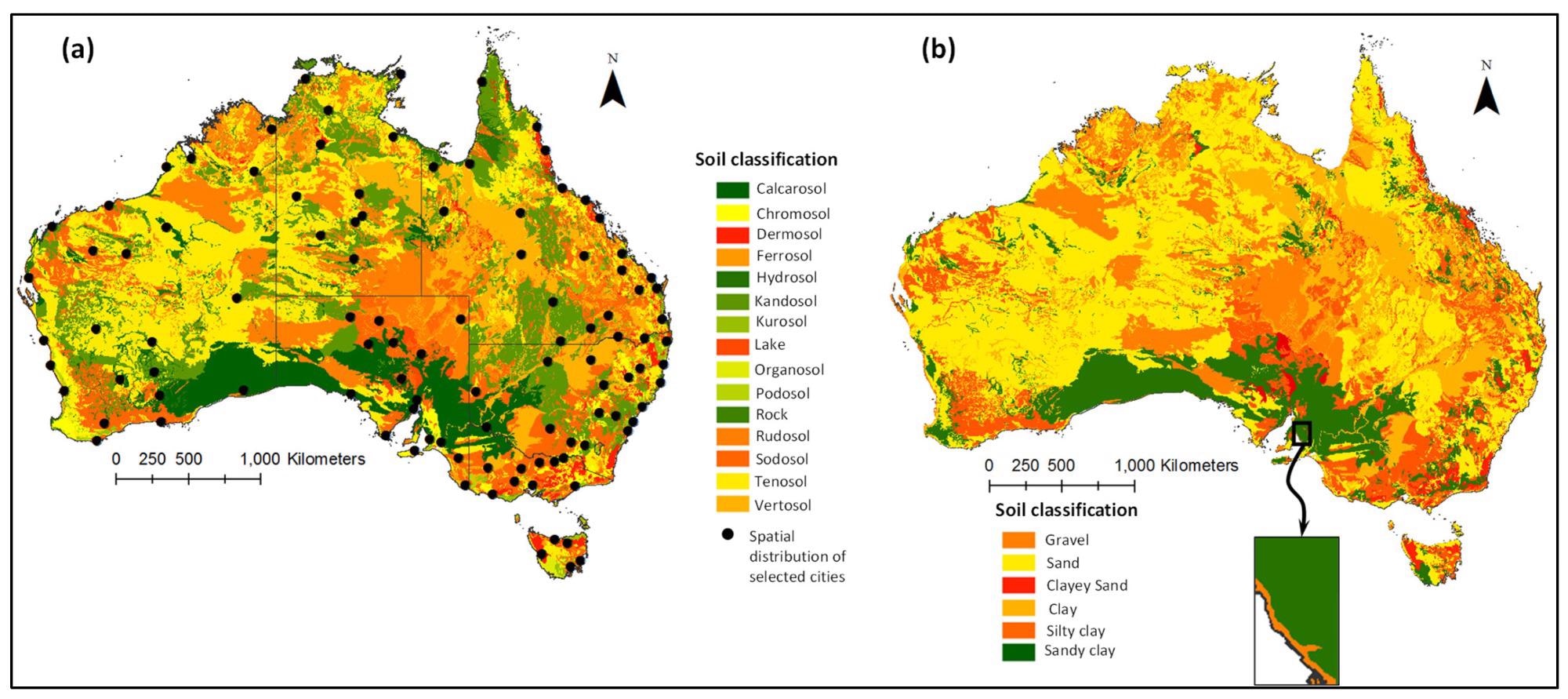There is overwhelming evidence that human activity is causing the environment to undergo profound changes due to climate change. One of the most visible and well-documented effects of climate change is extreme weather events, such as the increased instance of flooding in many parts of the world. A new paper has been published in the journal Sustainability which asks whether permeable pavements could be a solution to the damage caused by flooding in Australia.

Study: Permeable Pavements for Flood Control in Australia: Spatial Analysis of Pavement Design Considering Rainfall and Soil Data. Image Credit: Silken Photography/Shutterstock.com
The Cost of Natural Disasters in Australia
It is becoming increasingly obvious that rising global temperatures are causing major challenges for society in terms of environmental damage, loss of life, loss of biodiversity, and financial burdens. In Australia, flooding is a prominent issue, and the cost of damaged infrastructure and loss of life is about 29% of the total disaster costs in the country. The overall cost of natural disasters is predicted to cost $33 billion AUD by the year 2050, a significant economic burden.

Typical permeable pavement configuration: (a) pavement containing only a granular base course, (b) pavement containing granular base and sub-base courses. Image Credit: Iqbal, A et al., Sustainability
Rapid urbanization has presented additional problems with localized flooding, as many conventional road and sidewalk surfaces in cities are impermeable, which causes surface water to collect, with nowhere to drain. The challenges of climate change and rapid urbanization have facilitated the need for innovative approaches to prevent the instance of flooding and the damage it causes.
What are Permeable Pavements?
Permeable pavements are a solution to the damage caused by increased rainfall and localized flooding. The surface of a permeable pavement is porous, which allows surface water and rainfall to run off where it is collected in internal reservoirs before being infiltrated into the underlying soil.
Common materials used in these types of pavements are concrete and asphalt, and stone or aggregate can be used in the base course layer to function as a reservoir and provide filtration. They can also be constructed from individual paving blocks with spaces in between them.
These pavement types are used in sidewalks, pedestrian and low-traffic roads, driveways, residential streets, parking lots, patios, low-water bridges, and for the construction of well linings. These types of paving can eventually become clogged with sediment, however, requiring more regular maintenance than conventional impermeable paving. Furthermore, they are not suitable for locations that must cope with heavy loads and lots of traffic.
![Rainfall temporal zone map of Australia indicating the front (FL), middle (ML) and back (BL) load distribution of rainfall bursts in the rainfall zones for <6 h of rainfall duration. Data adopted from Australian Rainfall and Runoff guideline [47].](https://www.azom.com/images/news/ImageForNews_58884_16506205727915732.jpg)
Rainfall temporal zone map of Australia indicating the front (FL), middle (ML) and back (BL) load distribution of rainfall bursts in the rainfall zones for <6 h of rainfall duration. Data adopted from Australian Rainfall and Runoff guideline. Image Credit: Iqbal, A et al., Sustainability
Previous studies have demonstrated the effectiveness of these types of pavement. Depending on the system employed, research has indicated that total surface runoff can be reduced by 1-40%, with peak flow reduced by 7-43%.
Studies in China have indicated a 50% reduction in road surface runoff using these solutions. Moreover, research has demonstrated adequate performance in extreme conditions, making them attractive candidates for mitigating flooding risk, and their use can reduce the drainage infrastructure needed in urban areas.
The Study
The new paper has focused on analyzing the use of these pavements in Australia to reduce urban flooding and stormwater flow. Varying conditions have been investigated by the authors to assess pavement design requirements. Assessments were conducted using DesignPave v2.0, the standard permeable pavement design software in Australia.
A significant knowledge gap in the current literature has been identified in the new research. Whilst many studies have focused on stormwater quality and quantity, there is a lack of information on the influence of base course layer thickness and materials. This is a crucial parameter that governs the ability to control peak stormwater flow, particularly regarding spatial variation across Australia.
To address this knowledge gap, the researchers have spatially analyzed the required thickness of pavement base course across varying conditions of rainfall and soil properties. Additionally, the authors have provided a parametric analysis on the effects of soil and rainfall variability on design thickness. Specifically, the research has focused on one type of permeable pavement, permeable interlocking concrete paver.

(a) ASC soil characteristics for selected towns and cities (Data source: SoE; (b) interpreted geotechnical soil classification for the selected towns and cities (inset shows magnified soil classification for Adelaide, South Australia). Image Credit: Iqbal, A et al., Sustainability
Study Results and Conclusions
The study considered design parameters, the intensity of rainfall, and soil type across 107 sites in Australia to estimate optimal design thickness and elucidate a relationship between the three factors. In locations with higher rainfall or lower soil permeability, the design thickness must generally be higher. Based on the results of the analyses, the authors have recommended that the minimum design thickness must be 100 mm. Higher permeability soils require solutions with less design thickness.
In terms of spatial differences amongst locales, the authors found that one-third of Australian locations require a design thickness of <120 mm, whereas clayey soils and high rainfalls in north-eastern zones require design thicknesses of over 250 mm.
The comprehensive spatial distribution data gathered in the research, which was based on some assumptions – the material’s void ratio, the subgrade’s hydraulic conductivity, and gradations of sandy soils – will provide useful information for planning purposes to mitigate the effects of stormwater and localized flooding in Australia. Overall, the research’s parametric analysis provides an indication of the relationship between soil and rainfall parameters and optimal permeable pavement design thickness.
Further Reading
Iqbal, A et al. (2022) Permeable Pavements for Flood Control in Australia: Spatial Analysis of Pavement Design Considering Rainfall and Soil Data Sustainability 14(9) 4970 | mdpi.com. Available at: https://www.mdpi.com/2071-1050/14/9/4970
Disclaimer: The views expressed here are those of the author expressed in their private capacity and do not necessarily represent the views of AZoM.com Limited T/A AZoNetwork the owner and operator of this website. This disclaimer forms part of the Terms and conditions of use of this website.